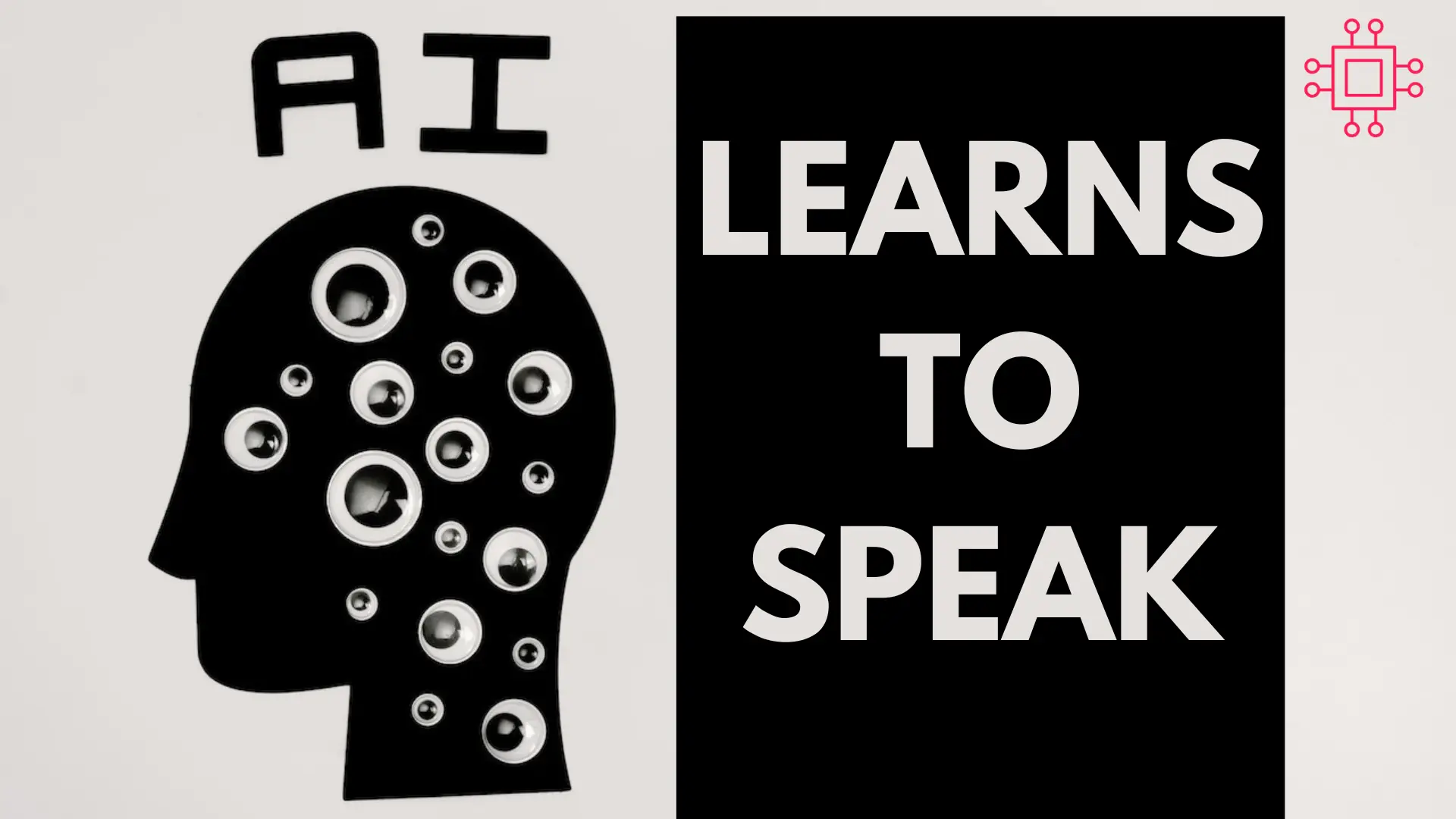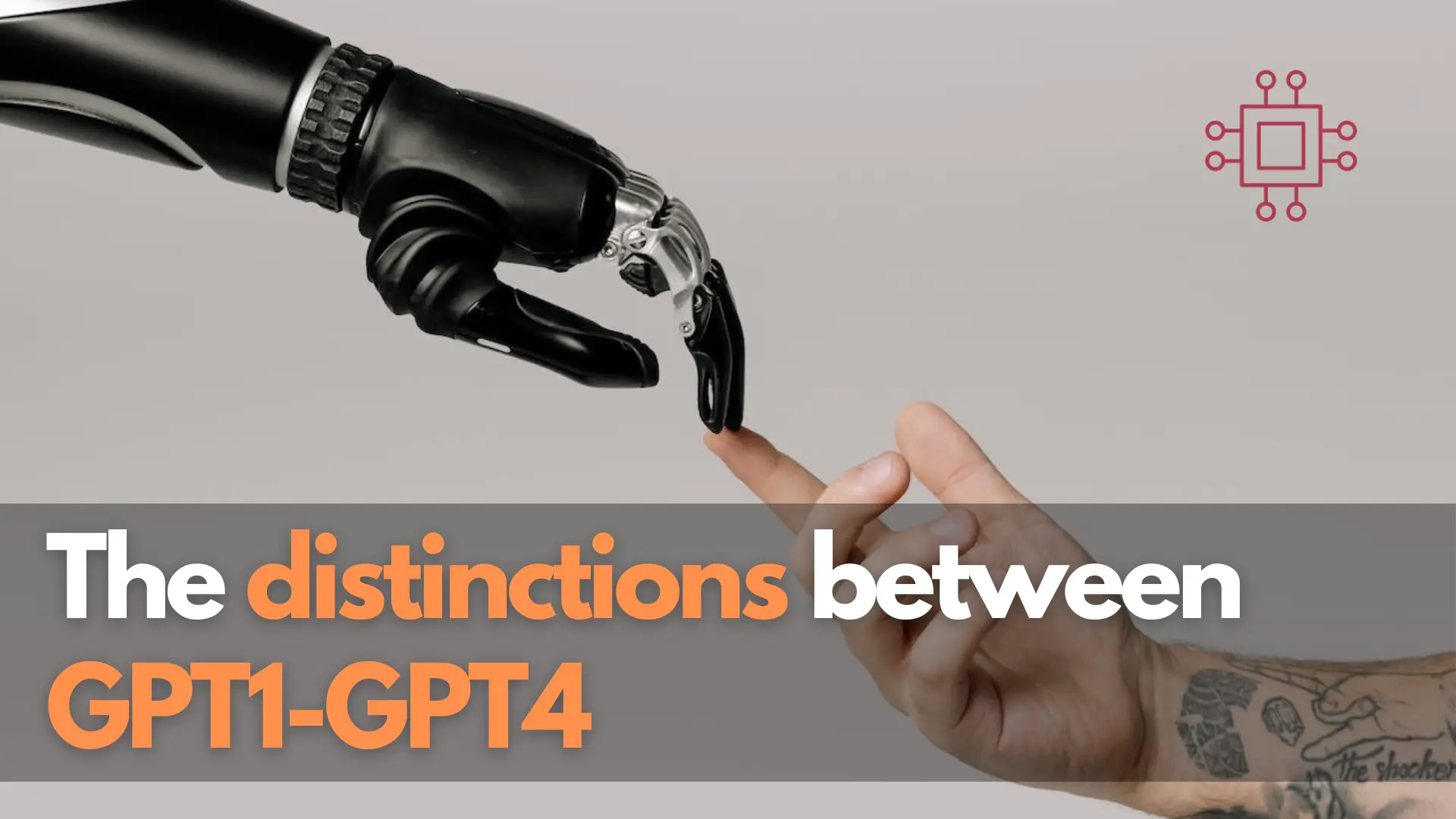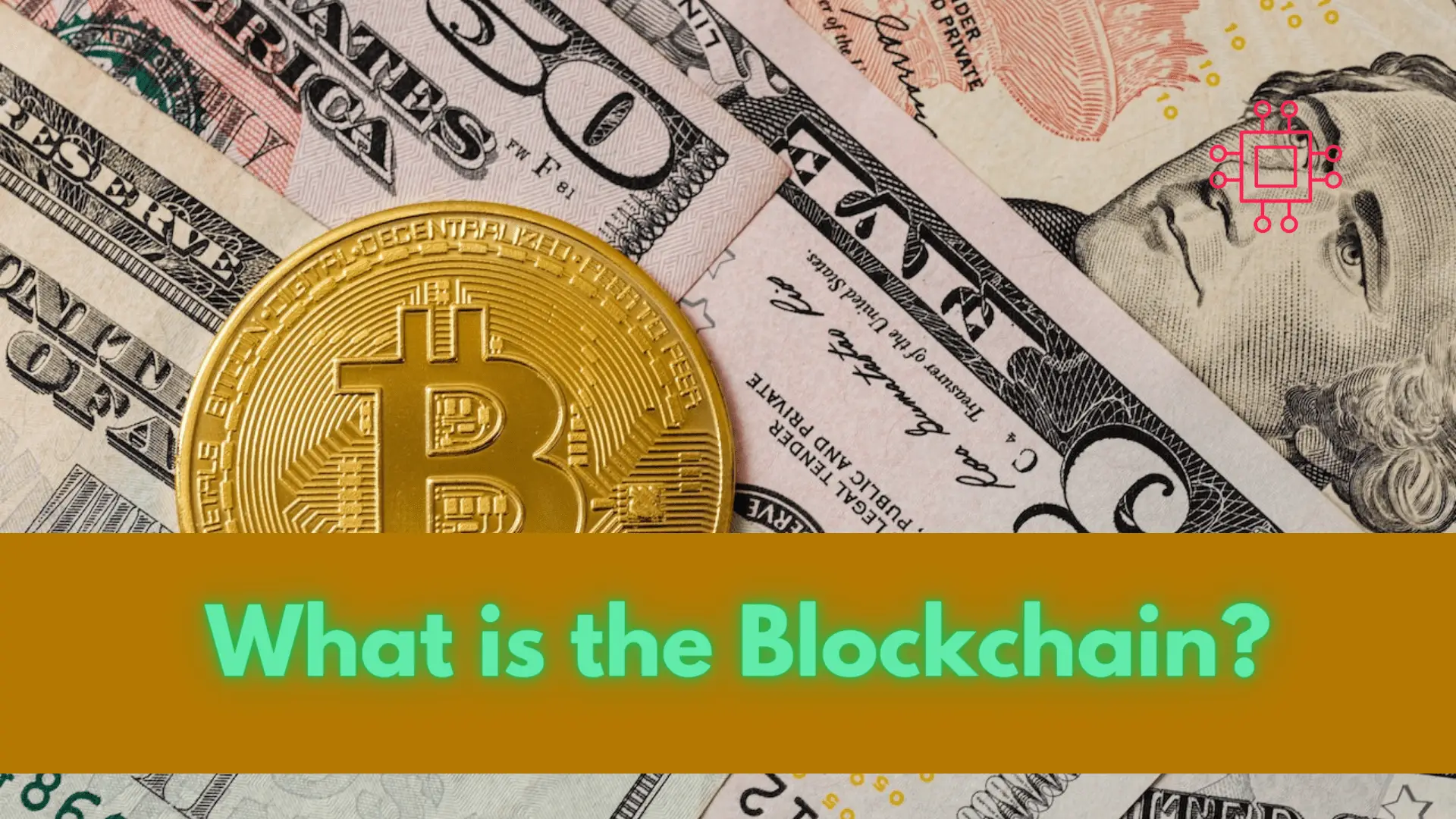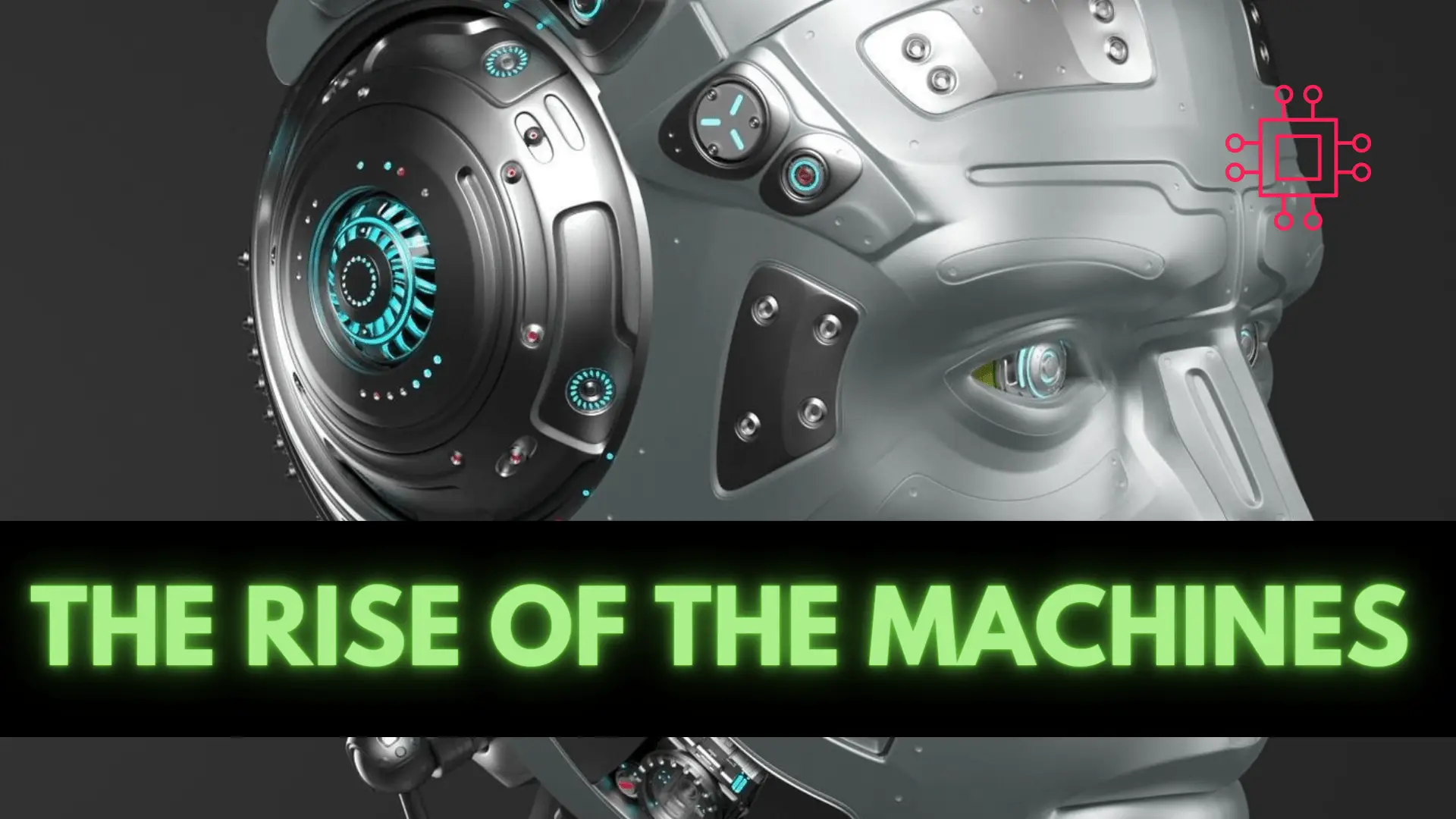
Natural Language Processing (NLP) is a subfield of Artificial Intelligence (AI) that focuses on enabling computers to understand, interpret, and generate human language. Table of

Ever pondered the distinctions between GPT1 and GPT4? This article delves into the evolution of Generative Pre-trained Transformers, from its initial iteration to the cutting-edge advancements of today, aiming to shed light on the journey of progress within the GPT series.
In the realm of artificial intelligence and natural language processing, few developments have been as revolutionary as the evolution of Generative Pre-trained Transformers (GPT) models. From the inception of GPT1 to the cutting-edge GPT4, each iteration has marked significant advancements in language understanding, generation, and AI capabilities. Understanding these differences is crucial for anyone looking to harness the power of these models effectively.
Generative Pre-trained Transformers are a class of machine learning models developed by OpenAI. They are designed to understand and generate human-like text by leveraging the Transformer architecture and vast amounts of pre-existing textual data.
Generative Pre-trained Transformers (GPT) models are built primarily using deep learning frameworks and libraries. OpenAI, the organization behind the GPT series, primarily utilizes the PyTorch framework for training and deploying their models. Here’s a breakdown of the software used in building GPT models:
PyTorch: PyTorch is an open-source machine learning framework developed by Facebook’s AI Research lab (FAIR). It provides a flexible and intuitive interface for building and training deep neural networks. OpenAI has chosen PyTorch as their primary framework for developing GPT models due to its ease of use, dynamic computational graph capabilities, and strong community support.
TensorFlow (Optional): While PyTorch is the primary framework used by OpenAI, TensorFlow, developed by Google Brain, is another popular deep learning framework that can also be used to build and train GPT models. Although less commonly used by OpenAI for GPT models, TensorFlow offers a wide range of tools and resources for deep learning research and development.

Photo by Google DeepMind from Pexels
By leveraging these software tools and frameworks, OpenAI engineers and researchers can build, train, and deploy GPT models effectively, pushing the boundaries of AI language technology and enabling transformative applications across various domains.
GPT1, introduced in 2018, laid the groundwork for subsequent iterations. It was trained on a diverse range of internet text data, including articles, books, and websites. However, its training data was relatively limited compared to later versions, which affected its understanding of nuanced contexts and led to occasional nonsensical outputs.
User Prompt: "The quick brown fox"
GPT1 Completion: "jumped over the lazy dog."
Released in 2019, GPT2 marked a significant advancement in AI language capabilities. It was trained on a much larger corpus of text data, including a broader range of sources such as news articles, academic papers, and online forums. This increased data diversity improved GPT2’s ability to understand context and generate coherent text.
User Prompt: "The quick brown fox"
GPT2 Completion: "jumps over the lazy dog."
The year 2020 saw the unveiling of GPT3, a true game-changer in the realm of AI language models. It was trained on an extensive dataset comprising a wide variety of textual sources, including internet text, books, scientific literature, and even conversational interactions. This vast and diverse training data empowered GPT3 to grasp nuanced contexts with unparalleled proficiency, resulting in highly coherent and contextually rich outputs.
User Prompt: "The quick brown fox"
GPT3 Completion: "slyly darted around the lazy dog, showcasing its agility and cunning."
The latest iteration, GPT4, represents the culmination of years of research and development in AI language modeling. While specifics regarding its training data may vary, GPT4 is expected to build upon the diverse dataset used for GPT3, potentially incorporating even more sources and employing advanced fine-tuning techniques. This relentless pursuit of data-driven excellence further enhances its ability to understand context and generate human-like text with remarkable fidelity.
User Prompt: "The quick brown fox"
GPT4 Completion: "elegantly maneuvered through the underbrush, its sleek fur glinting in the sunlight as it evaded the lazy dog with graceful ease."
The evolution from GPT1 to GPT4 showcases the remarkable progress in AI language models driven by advancements in training data diversity and model architecture. Understanding the nuances of each iteration provides valuable insights into the rapid evolution of natural language processing technology and its implications for various applications.
Did you find this article useful? Your feedback is invaluable to us! Please feel free to share your thoughts in the comments section below.
Related Posts

Natural Language Processing (NLP) is a subfield of Artificial Intelligence (AI) that focuses on enabling computers to understand, interpret, and generate human language. Table of

So, what is the blockchain you ask? I’m glad you asked the question. Blockchain technology is a distributed ledger system that allows multiple participants to

Artificial Intelligence (AI) is one of the most transformative and rapidly evolving technologies of our time. It has come a long way since its inception
